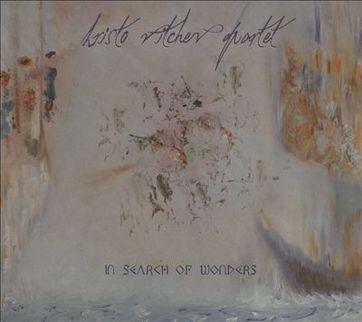Which songs could possibly have kept Take the ‘A’ Train from reaching the top ten? Glenn Miller’s Chattanooga Choo Choo, Artie Shaw’s Stardust, Billie Holiday’s God Bless the Child and the Andrews Sisters’ Boogie Woogie Bugle Boy and three—count ‘em, THREE—tunes from Jimmy Dorsey.
Two years later, however, Take the ‘A’ Train would hit number nineteen for one week.
The song was actually written by the great Billy Strayhorn, who played piano and wrote arrangements for Duke Ellington's band, while Ellington was playing at the Casa Manana in Los Angeles and broadcasting nightly. Because of an ASCAP strike at that time, Ellington was not allowed to broadcast his own compositions, so he enrolled the help of Strayhorn and Mercer Ellington, Duke’s son, who were not ASCAP members.
Here’s a funny thing, Take the ‘A’ Train was almost lost to the dust-bin of history. Mercer Ellington told the story of finding the manuscript to Take the ‘A’ Train in a garbage can. Strayhorn had thrown it away, saying it was too much like something Fletcher Henderson would write.
That was not a bad thing. Henderson had written scores of scores—yeah, I said it—for Benny Goodman’s orchestra in the 1930s and is credited for creating the form for swing.
Strayhorn had once played for Ellington after a show in Pittsburgh in 1938. First, he mimicked the orchestra's own rendition of Sophisticated Lady, then expanded on his own version which impressed the daylights of Duke. Ellington was so impressed, he invited Strayhorn to how home in the wealthy Sugar Hill neighborhood.
And here’s where fate plays a solo…
Using the subway directions that Ellington gave him, Strayhorn wrote down, Take the A Train. He composed the song in his head at a party and then put it all down on paper. (Strayhorn later said all of his most important work was written this way.)
Strayhorn later played the song for Ellington after a show in Newark, NJ, and created such a partnership as would last the rest of Strayhorn's life.
Strayhorn said that the song that would become Ellington’s theme song came quicker than the ‘A’ train itself did. The song came so easy, he said, it was "like writing a letter to a friend."
The very fact that Ellington used the song as his orchestra's opening theme, thereby making it his signature song, says all you need to know about his appreciation for Strayhorn. How many leaders would use a song not of their own composing as their signature?
In his autobiography, Ellington wrote that Strayhorn "was not, as he was often referred to by many, my alter ego. Billy Strayhorn was my right arm, my left arm, and the eyes in the back of my head."
One of the many brilliant spots in the recording was the trumpet solo by Ray Nance. It was so spot-on, so definitive, that Nance repeated that solo verbatim with every performance. It is considered taboo in Jazz to repeat someone else’s improvised solo but, when Ray Nance left Ellington’s orchestra in 1965, his replacement Cootie Williams played Nance’s solo. Ellington said that no trumpet player can play the song without borrowing from what Nance offered.
Nance was also an excellent violinist. With pianist Dr. Billy Taylor in 1967, Nance tried a new approach to Take the A Train. It was a special occasion and required a special approach. Nance and Taylor performed the up-tempo original as a slow funeral march. It was remarkable.
The occasion was the memorial service for Billy Strayhorn. It was performed that way once more—seven years later—at Duke Ellington’s memorial service.

 RSS Feed
RSS Feed
